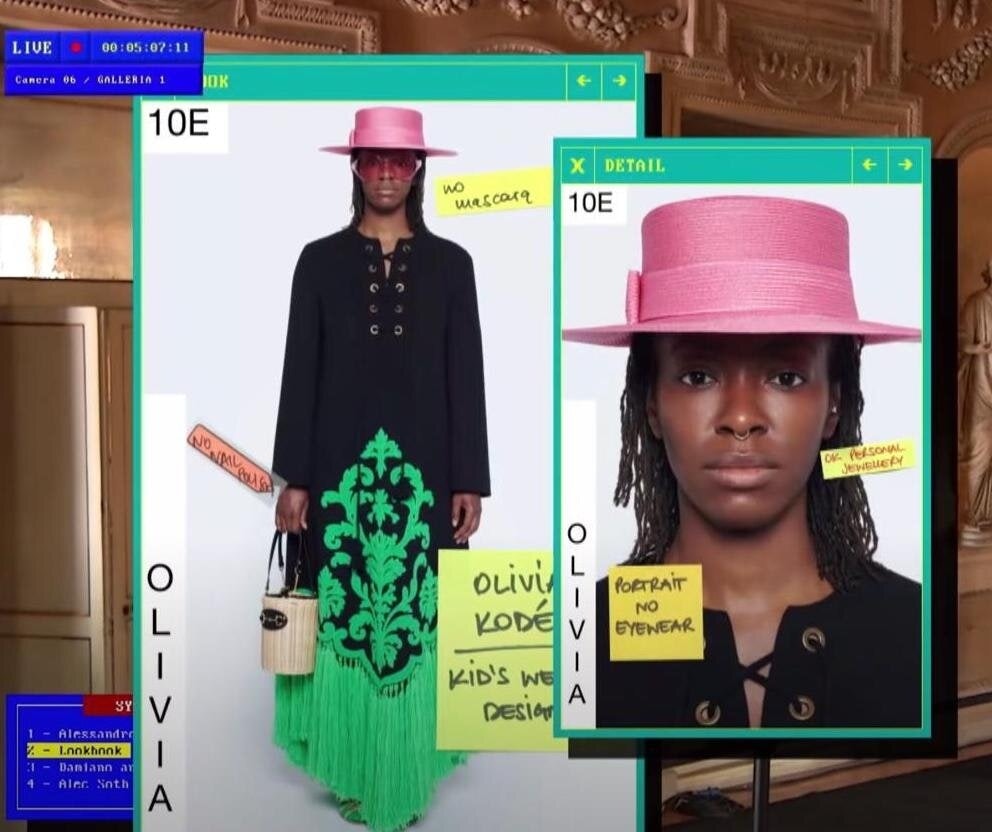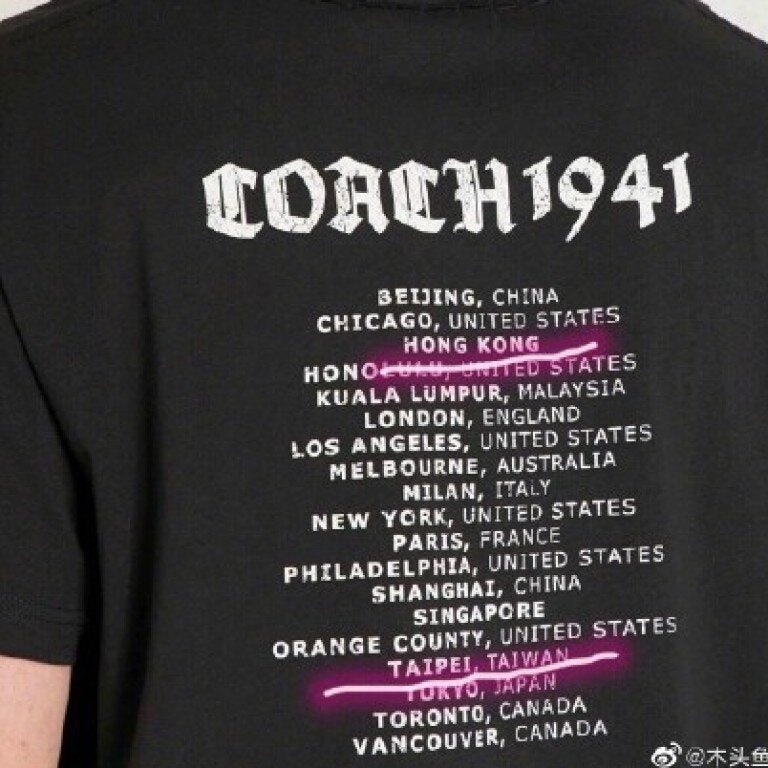One constant in the ever-changing China luxury market that has remained over the past decade is that global luxury brands will — and often do — put their collective foot in their collective mouth, creating or adapting marketing campaigns that either offend the sensibilities of a significant enough number of consumers or attract (for whatever reason) negative attention from government officials.
Time and time again, major global brands have issued highly publicized apologies for ad campaigns or products deemed culturally insensitive, whether that be due to overt or accidental racism (a seemingly regular occurrence for Dolce & Gabbana in China), straying into hot-button issues like the “three T’s,” or in some cases, just making an aesthetic choice that Chinese netizens simply don’t like. In some cases, brands just have the bad luck of hailing from a country with which China has a current beef — generally one or more of the following at any given time: the United States, South Korea, Japan, the U.K., or France.
It is the aesthetics flashpoint that remains the most nebulous and frustrating for major brands, which — in their attempts to create country-specific campaigns or collections (whether out of stated appreciation for the China market, or for the much-needed bump in revenue that a popular item can bring) — often see special edition items create controversy and attract a firestorm of bad press. For brands that often roll collections and campaigns out worldwide, it’s only a matter of time before offense is taken somewhere.
Most recently, it was Kering-owned French luxury brand
Balenciaga#
’s time in the barrel in China, after the campaign promoting its collection of four limited-edition Qixi (Chinese Valentine’s Day) edition Hourglass handbags on its Tmall flagship store was savaged by some social media users. As Jing Daily wrote:
The campaign’s four bags, which come in red, black, pink, and white with specially-designed graffiti fonts, exemplify the current “Too Cool” style favored by certain Gen-Zers but seen as offensive by the rest of the internet. The bags mimic styles preferred by China’s rural population and have been labeled “tasteless” or even “insulting of Chinese culture” by many netizens while some are saying they’re “simply ugly.”
By the end of Tuesday in China, the topic #BalenciagaChineseValentineCampaignTasteless (#巴黎世家七夕广告 土) had garnered over 210,000 discussions and 170 million views on Weibo, and the topic #BalenciagaInsultsChina ((#巴黎世家辱华) had over 15 million views and more than 6,000 discussions.
Where the criticism of Balenciaga’s campaign falls short is in the way that those criticizing its “tastelessness” (i.e., the tastelessness of the “Too Cool” aesthetic) or gaudy imagery seem to have missed the way that the brand, under creative director Demna Gvasalia, has been flung back into the limelight in recent years due to Gvasalia’s use of tongue-in-cheek, ironically gaudy designs, which toy with societal conceptions of ugliness. (As ICON recently put it, Gvasalia’s trademark skill is “twisting extreme normality into absurd and often confronting concepts".)

In the case of the “Too Cool” Balenciaga campaign, it feels less like a jab at China and more of an appreciation of the Too Cool aesthetic and its place in the broader global design trend that reboots some of the worst of 90s design. It feels at home alongside other recent 90s-inspired campaigns like PZ Today’s “Hot Bag” for Spanish label Bimba y Lola, or Gucci’s Resort 2021 collection imagery and video.
The provocative campaign behind the Qixi handbags has the same basis as other Balenciaga oddities like its Summer 2020 campaign, promoted via a fake, dystopian newscast, or its eccentric Instagram brand account. Pushing the envelope — whether that be via its cartoonish Triple S sneaker, $1,200 “t-shirt shirt,” or platform Crocs — is what the label does, and if anything, the controversy around the Qixi bags will only make them more covetable among Balenciaga’s core audience in China.
At any rate, the controversy has yet to gain the kind of critical mass that leads to Balenciaga having to issue a public apology, as it did a couple of years back following alleged mistreatment of Chinese customers at the Balenciaga concession at Printemps in Paris. The campaign, after all, didn’t touch on issues like racism or national sovereignty, nor does China have a particular issue with France right now, so it looks like this online flareup will pass without further incident.
Today, luxury brands bank on Chinese netizens (and Beijing) having a short attention span and — whether it entails a public apology or not — moving on without too much damage being done to a brand’s prospects. It is this scenario that has fully played out for Tapestry Inc.-owned American brand Coach, which said that China was a rare bright spot in its most recent quarterly results following a double-digit sales drop during the height of the Covid-19 pandemic in China, with Coach being the top handbag brand on the Tmall Luxury Pavilion platform in June. According to Coach, the brand’s fortunes are improving in China as younger Gen Z consumers are drawn to the brand.

This sales rebound indicates more than just an increase in new buyers, shows that controversies in the China market tend to be short-lived.
Just last summer, Coach was among a wave of Western brands that had to issue public apologies for offending sensibilities in the market. (In Coach’s case, for releasing a t-shirt that had been removed from sale in May 2018 that implied that Taiwan was an independent country.)
Coming during a particularly sensitive time, which also pulled Givenchy and Versace onto the apology circuit for similar offenses, Coach’s controversy was fairly significant, with the company losing its China spokesperson, model Liu Wen. (For similar reasons, Versace lost their Chinas spokesperson, Yang Mi, during the same period.)
Yet, just a few months later, Coach was partnering up with Tmall to become one of the first major high-end brands to join the nascent Luxury Pavilion, thus giving the new luxury-focused platform a big boost in credibility and attracting more established brands to give it a shot.
Currently, it appears that Balenciaga’s Qixi bag controversy is set to blow over without much more than a few more op-ed pieces in some of China’s more nationalistic publications, perhaps pushed aside as online controversy transfers over to Cartier’s Qixi ad campaign.
For major luxury brands, the lessons to be learned from these and other controversies are two-fold:
Start simple: do your homework, and understand that there are certain things that always set off the mainland China market and the country’s specific flavor of cancel culture. Don’t make careless mistakes that could have been avoided with just a cursory knowledge of the market or input from local teams. A controversy that truly offends millions of people can take years to crawl back from.
But when bad press does come in the form of some social media users or the Global Times, the grand apology tour is not always necessary, as Balenciaga’s recent dust-up shows. Potentially posting an explanation of the thinking behind or context of an ad campaign, or sharing behind-the-scenes footage of the making of the campaign, could mitigate some of the bad PR. But, as has been shown time and time again not just in China but globally, you can’t please everyone on Weibo or Instagram.

